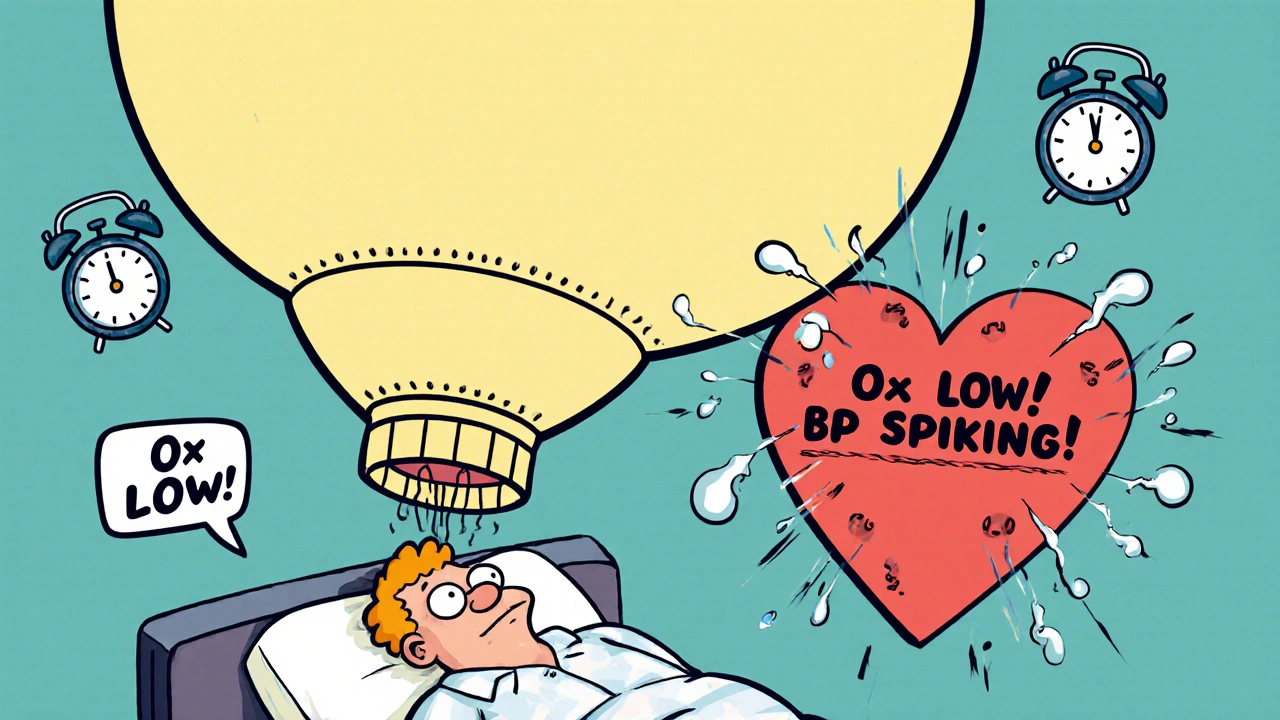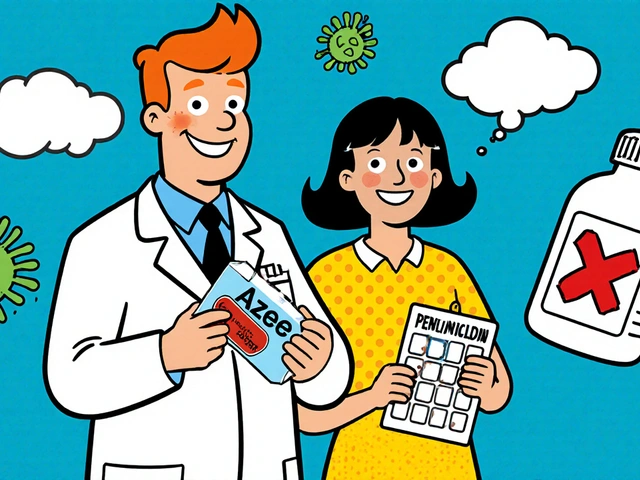Sleep Apnea: Causes, Risks, and What You Can Do About It
When you have sleep apnea, a condition where breathing repeatedly stops and starts during sleep. It's not just snoring — it’s your body struggling to get air, often without you even realizing it. Many people think it’s just a nuisance, but untreated sleep apnea raises your risk for high blood pressure, heart disease, and even stroke. It’s one of the most common sleep disorders, yet more than 80% of cases go undiagnosed.
The most common type is obstructive sleep apnea, when throat muscles relax and block the airway. Think of it like a straw collapsing when you try to suck through it. Obesity, large tonsils, or a narrow airway can make it worse. Then there’s central sleep apnea, where your brain doesn’t send the right signals to breathe — less common, but just as dangerous. People with this often wake up gasping, feel exhausted even after a full night, and struggle with focus during the day.
It’s not just about feeling tired. Sleep apnea messes with your hormones, increases inflammation, and can make conditions like diabetes and depression harder to control. If you’re always fatigued, your partner says you snore loudly or stop breathing at night, or you wake up with a dry mouth or headache — those aren’t normal. They’re clues.
There are real solutions. CPAP therapy, a device that delivers steady air pressure to keep your airway open is the gold standard. But it’s not the only option. Weight loss, positional therapy, oral appliances, and even surgery can help depending on the cause. The key is getting tested. A sleep study doesn’t require an overnight hospital stay anymore — many can be done at home with simple equipment.
What you’ll find in the posts below aren’t just general articles. These are real, practical insights from people who’ve lived with sleep apnea, doctors who treat it, and researchers studying its link to other conditions. You’ll see how it connects to heart health, how certain medications can make it worse, and what lifestyle changes actually make a difference. No fluff. Just what works — and what doesn’t.




